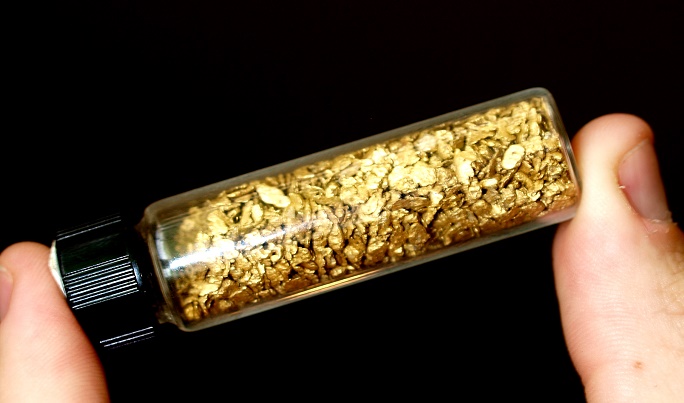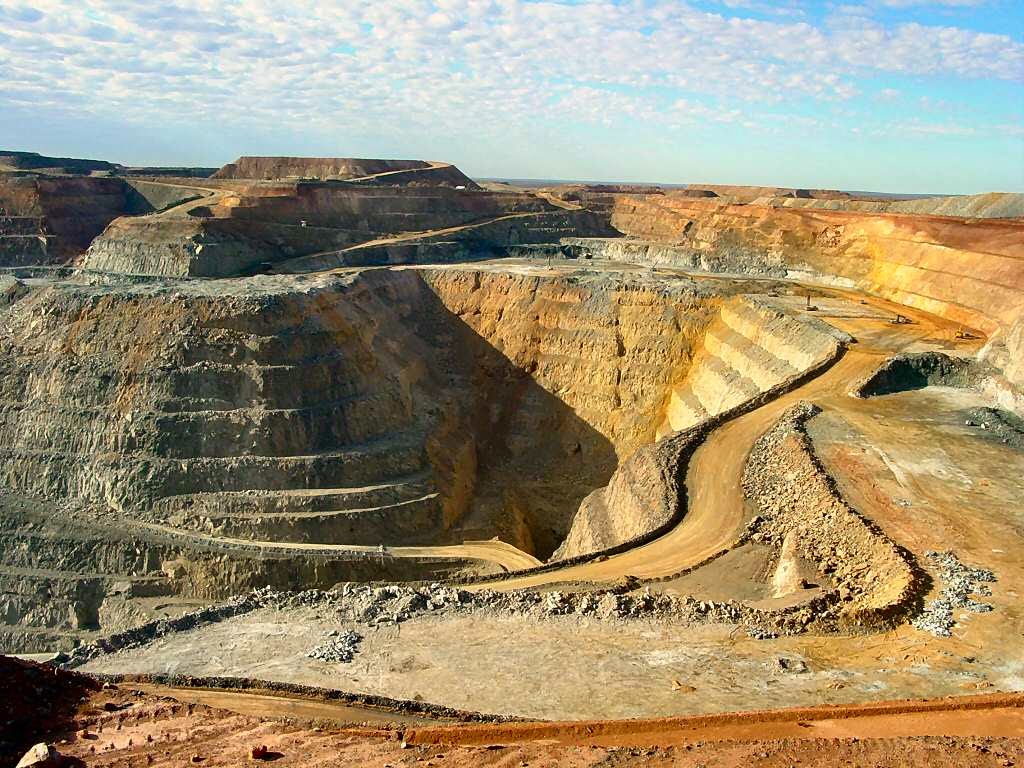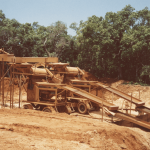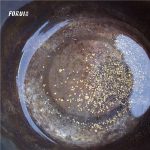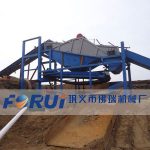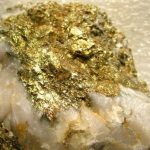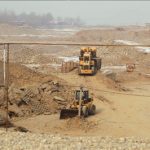The topic I want to share with you today is ‘Alluvial Gold Ore Grade And Exploration’. It is about the judgment of gold grade, what grade can be reached for mining, and the types of exploration for placer gold deposits.
ALLUVIAL GOLD ORE GRADE
If someone selling gold ore tells you that my gold grade is 3g/m, that’s a very low probability. If you could really get 3g/m, you could get 2,400 grams of gold out of 1,000 cubic meters of gold per day. According to the recovery rate of 80%, the formula is 1000 cubic meters ×3g/m ×80% recovery =2400 grams of gold. It is easy to produce with a capacity of 1000 cubic meters. It is also normal to handle more than 3,000 cubic meters of equipment and production methods per day. But he tells you that his average grade of gold ore at 3g/m may not be true. So where does 3 grams come from? It may be that the exploration data are either haphazard or the grade of the gold-bearing sand and do not take into account the thickness of the entire ore body.
How much gold ore grade can be achieved? This question is difficult to answer. Because the geology of each gold ore is different. From the present global gold placer exploration technology, it is a difficult problem to determine the grade of a placer gold ore body. In the geological data that you see, it’s good luck to get it right 60 percent of the time.
It is almost impossible to get an accurate grade for a placer gold ore. The reason is limited by the exploration equipment, sand gold deposit geological formation of various complex reasons. Therefore, it is necessary to make comprehensive investigation and study on the survey of civilian mining, topography, hydrology, rivers, etc. When necessary, combine drilling, shaft or excavator to dig trough for ore exploration.
If the ore grade is above 0.1g/m, the gold can be mined at the current price. But still want to synthesize all sorts of factors to decide. For example, the government policies, geological conditions, selected mining technology and purchased mining equipment of the country where the gold ore is located. Because these factors directly determine the size of the extraction cost.
ALLUVIAL GOLD ORE EXPLORATION
The exploration types are divided according to geological factors such as the extension scale, shape, thickness, stability degree, main components and evenness degree of distribution of main ore bodies. This is done in order to reasonably determine the density of exploration projects. Thus, the reserves of all levels can be proved effectively. There are various geological factors and combinations of various placer gold deposits and different orebodies of the same deposit and even different parts of an orebody. The classification of exploration types and the determination of exploration engineering density are generally considered according to the geological factors of the main orebodies in the deposit which hold most of the reserves.
According to the above classification principles, the exploration types of placer gold deposits are divided into the following three categories:
Ⅰ classes: main orebody form simple, extend the scale is big, stable thickness, uneven distribution of placer gold, flat bottom and slope is small.
The large scale floodplain sand gold deposits and shore sand gold deposits mostly belong to this type.
Ⅱ class: the main ore body shape is simple, extend size medium, thickness change is not big, uneven distribution of placer gold, the floor is flat and uneven. There are larger grains of gold and the gangue minerals associated with gold.
The river floodplain gold deposits with flat floor or karst basement and the large scale branch valley gold deposits and terrace gold deposits mostly belong to this type.
Ⅲ classes: ore body extending scale small, the shape is complex, thickness change is big, the bottom is not flat, tilt, uneven distribution of placer gold. There are more large grains of gold and gold associated with gangue minerals.
Karst filling sand gold deposits of small scale, eluvial, slope, diluvial and branched sand gold deposits mostly belong to this type.
If you have any comments or Suggestions, please feel free to leave a comment below or contact me directly.
The next post I will share with you is ‘Sampling and Analysis of Alluvial Gold Ore Deposits‘.
Gongyi Forui machinery factory, founded in 1986. We are one of the leading suppliers of beneficiation equipments in Asia. Don’t hesitate to Contact Us, if you have any question of beneficiation. And welcome to visit our company. Gongyi Forui Machinery Factory dedicated to serve you!

